3 Ways to Design Your Home to Withstand Wildfires
Three ways to improve the chances that your house will survive in wildfire country.
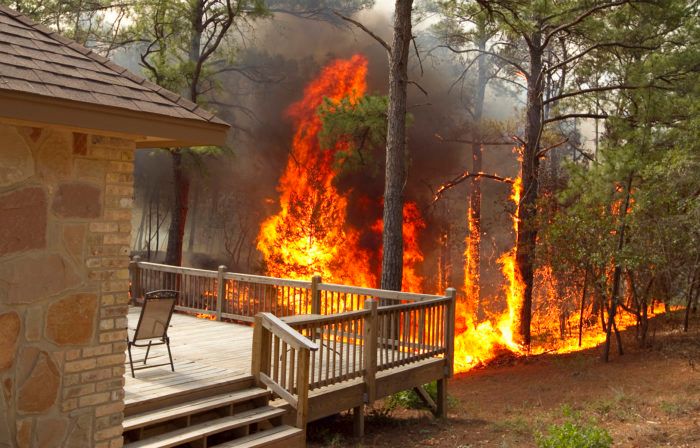
California’s destructive wildfires in 2017 have been followed by more devastation in 2018 as the “Camp,” “Woolsey,” and “Hill” fires have proven to be the deadliest in the state’s history. Building officials fear we will see more threats in the future. No house will survive extreme conditions—but there are many ways to protect your house from wildfires. Here are three ways to protect your home from wildfires:
1. Design the exterior to stand up to embers
Airborne embers are the most common cause of ignition during a wildfire. The best defense against embers is an exterior built with noncombustible materials and wall and roof assemblies that are fire- and/or ignition-resistant. In this way, the house will be less likely to ignite—and if it does, the materials and assemblies will offer time for occupants to escape and help to arrive.
For example, roofs can either be protected by a material with a Class A fire-resistance rating, which includes clay, concrete, and slate, as well as many asphalt and metal roofs, or a fire-resistant rating like Class B wood roof shingles over a Class A underlayment.
Special attention should also be given to keeping embers from entering the building envelope. If a roofing material is open at the eaves, as is the case with tiles and some metal roofing, for example, these gaps should be sealed. All exterior vents should be covered with 1/8-in. mesh to prevent embers from getting into the house.
The same approach should be taken with siding, windows, doors, decks, balconies and other outdoor structures.
2. Design the landscape to slow the spread of flames
When it comes to landscaping a home in wildfire country, the strategy is to keep fire from spreading and approaching the house. To start, create a protective zone within 5 ft. of the home with no combustible vegetation or structures. Use gravel, brick, concrete, or stone as ground cover.
It’s good to keep combustible undergrowth as far from the house as possible, but mature trees are okay as long as they are spaced well away from each other. All treetops should be kept a minimum of 10 ft. from the house. Within 10 ft. to 30 ft. of the house treetops should be spaces at least 18 ft. In the area 30 ft. to 60 ft. from the home, treetops should be 12 ft. apart. And treetops 60 ft. to 100 ft. from the home should have at least 6 ft. between the tops. Trees on a sloped site should be spaced even further apart.
Fences, pergolas, outbuildings, and other structures should be kept away from the house, and though the fire codes may allow them to be built with any material, it’s a good idea to build with noncombustible ones. And fuel breaks should be created throughout the landscape. Design driveways, noncombustible walks, patios, and dry streams as fuel breaks to prevent a fire from easily spreading.
3. Regularly maintain the house and yard
Perhaps the easiest thing to do to keep your home safe from wildfires is to keep it well maintained. Gutters should have gutter guards and be kept clean of combustible debris. Roofs should be kept free of leaves, sticks, and other combustible material. Lawns should be neatly moved below 4 in. Vegetation should be kept trimmed around sheds, decks, propane tanks, and other outdoor items. Sprouts and saplings below mature trees should be removed. Mature trees should be pruned away from the ground. Remove all dead plants as well.
For an in-depth look at the challenges of designing, building, and living in wildfire country, see our special report, “Building to Survive in Wildfire Country,” by Scott Gibson in FHB issue #274. Also read Justin Fink’s editorial take on the topic.
Photo: AP/Wide World Photos.
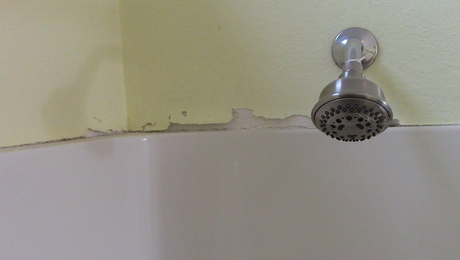



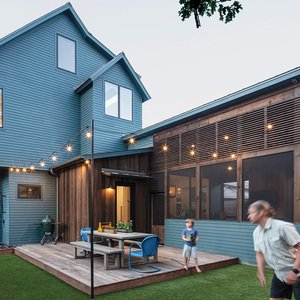





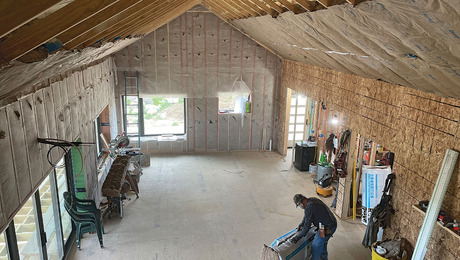



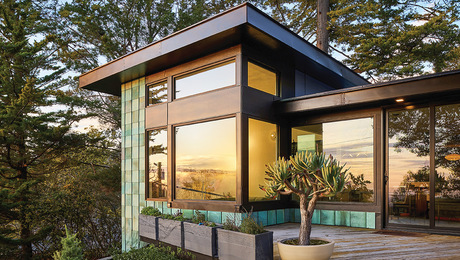











View Comments
"To start, create a protective zone within 5 ft. of the home with no combustible vegetation or structures." 5 feet? That's way too close! Wind can turn burning plants into flame throwers and embers can be driven great distances and into small openings in the structure.
The structure needs a lot of preventive features built in. It is a matter of wise planning and spending some money.
The best FH article on keeping your house from burning is the following excellent article from 1995.
https://www.finehomebuilding.com/1995/06/01/fire-resistant-details
As always, Joe Lstiburek, et al, have something good to say about this:
https://www.buildingscience.com/documents/insights/bsi068_rocks_dont_burn